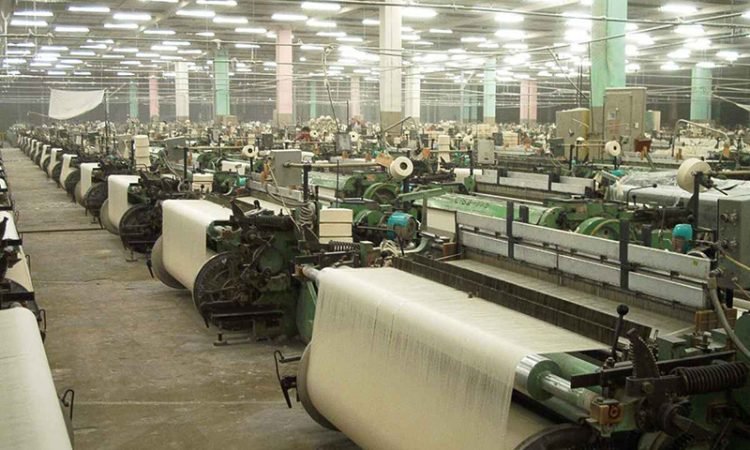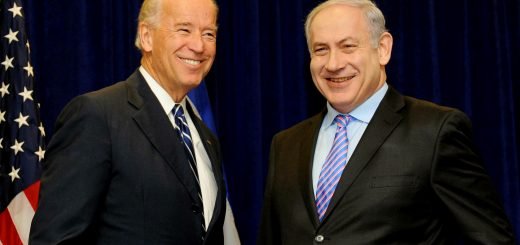Textile Industry: A boon for Pakistan’s Economy

The textile sector of Pakistan is capable of harnessing $50 billion for the economy of Pakistan, according to the latest World Bank Report – Pakistan’s Development Update, October 2021. The report is a wake-up call for Pakistani policymakers and economists who are facing an economic conundrum for quite a while now. Reportedly Pakistan is missing out on almost $50 billion worth of exports related to the textile industry which can prove to be a major boon for Pakistan’s debilitating economic situation characterized by repeated boom-bust cycles. The sector not only provides large scale jobs to the nationals but also has a huge share in the exports of the country coupled with a magnanimous room for value-added textile products. These pertinently shed light upon the importance of the textile industry in Pakistan which, unfortunately, is facing numerous issues. To benefit from the economic potential that lies in the textile sector, a number of carefully curated policy measures have to be taken that can support the sustainable growth of the textile industry.
The economy of Pakistan was built around textiles and currently, its base is still connected to the sector (Burki, 2012). The textile sector of Pakistan witnessed its glorious era during the 1960s and 1970s whereby it constituted 11 per cent of the world market which was quite an economic success (Cheema, 1995). These were the times when state economic policies especially monetary policies favoured the textile sector by providing subsidies and stable energy pricing. However, during Bhutto’s era the state’s policy shifted whereby the promotion of growth through manufacturing exports was no longer given importance, rather public sector intermediate and capital goods were under focus (Cheema, 1995). This consequently resulted in the decline of the textile industry (Zaidi, 2015). Later on, Gen Musharraf introduced policies in 2005 in favour of the textile industry, most notably the spending of almost $500 billion to uplift the textile industry technically by introducing state of the art machinery and which technically led to a boom of the textile sector in the Musharraf era.
Fast forward, the textile industry has seen major growth in the most recent global pandemic i.e. COVID-19. Whereby, it brought export hauls that led to many nations stopping their textile exports as well. Many of the South Asian countries were amongst them. However, this proved to be an excellent opportunity for the Pakistani textile industrialists as Pakistan managed its COVID-19 conundrum by effectively imposing smart lock-downs, not letting the economic activity stop for the larger interests of the nation and by inherently having superior quality of fabric and raw cotton exports which are liked and appreciated worldwide. The aforementioned elements ensured importers to import textile orders from Pakistan which is usually a rare situation as importers don’t change the country of import origin this easily. However, Pakistan proved to be lucky in this situation and saw a sore in the export growth rate of the textile industry. The very recent statistics have shown that Pakistan has earned $6 Billion in lieu of its textile exports from only four months in the FY22 i.e. from July to October as revealed by the All Pakistan Textile Mills Association (APTMA). The importance of this statistical figure, and hence of the textile industry for Pakistan can be backed up by the fact that the notorious international organization, the International Monetary Fund (IMF) is about to fund $6 billion as part of its Extended Fund Facility (EFF) in a duration of 3 years whereby the textile export sector has produced the same amount of money in just 4 months.

As highlighted above, the textile sector holds paramount importance for the teetering economy of Pakistan. However, today the sector faces some problems and hurdles to attain its full capability. Among these, the most basic and the most important problem is that of energy and fuel. The recent outcry of the sector related to this can be manifested by the fact that the government has turned its back from the promised benefits for positive productivity of the sector and has introduced an upward price hike of gas as well as electricity. The government has introduced an unrealistic price hike of $9.0 MMBtu of Gas/RLNG which is the highest in the region specifically w/r to India and Bangladesh whereby it’s $5.19 MMBtu and $4.05 MMBtu respectively (APTMA). The same is the case with the electricity charges.
Another important problem of the sector is that of the outdated machinery. However, the sector has promised to invest almost $500 to upgrade its machinery by 2026 bringing it at par with the Musharraf era investment in the sector and the consequent boom. Moreover, another issue lies in the non-diversification of the textile products according to the global demands which limit the exports to the specific markets only. The increase in the small-scale informal industries is also the main reason for the decline in the sector after The Cottage Industry Act of 1973 which promised incentives for such industries but in the long run, this proved to be detrimental for the large scale industries since the employment and output ration increased in the small scale industries and hence impacting the economy of the country nationally.
The future of the textile industry is bright in Pakistan and promises new dawn given that its grievances are addressed properly. Starting from a decrease in the fuel prices from 9.01 $/MMBtu to 6.5 $/MMBtu and 7.2 cents/kWh of electricity. This will provide a reliable, dedicated and modest energy policy for the textile industry. Moreover, state of the art machinery is to be made available to enhance efficiency. Formalization of the informal sector is also an important step to achieve a productive textile sector and finally, the government should focus on how to increase the textile exports rather than how to cut the textile-related imports at the moment. If these are addressed the industry can prove a breakthrough for Pakistan and consequently break the begging bowl for a prosperous Pakistan.
References:
Burki, Abid & Khan, Mushtaq. (2012). Agglomeration Economies and their Effects on Technical Inefficiency of Manufacturing Firms.
Cheema, Ali, op. cit., 1995, 2
Zaidi, S. (2015). Issues in Pakistan’s economy: a political economy perspective. Oxford: Oxford Univ. Press.


















